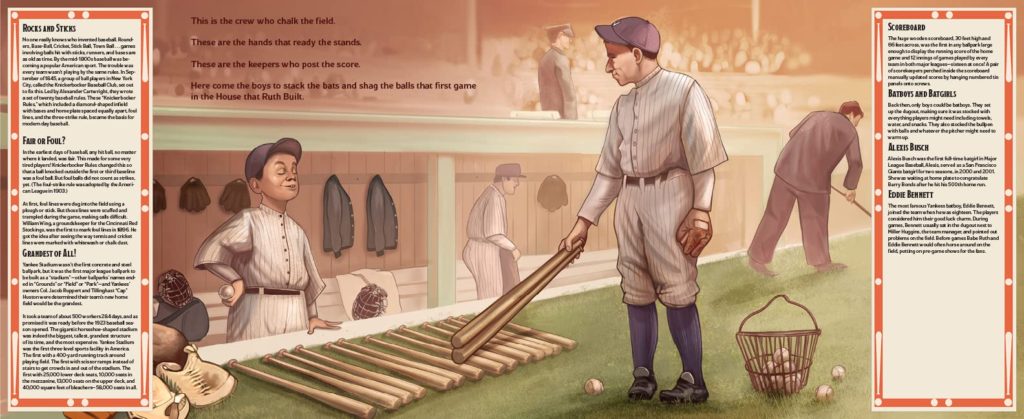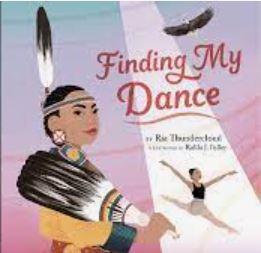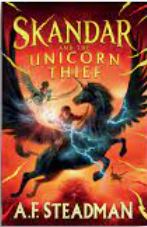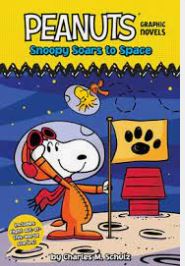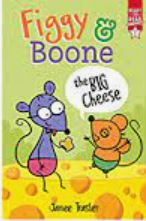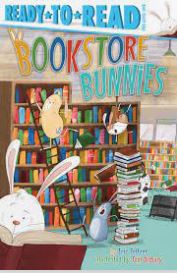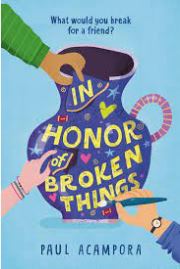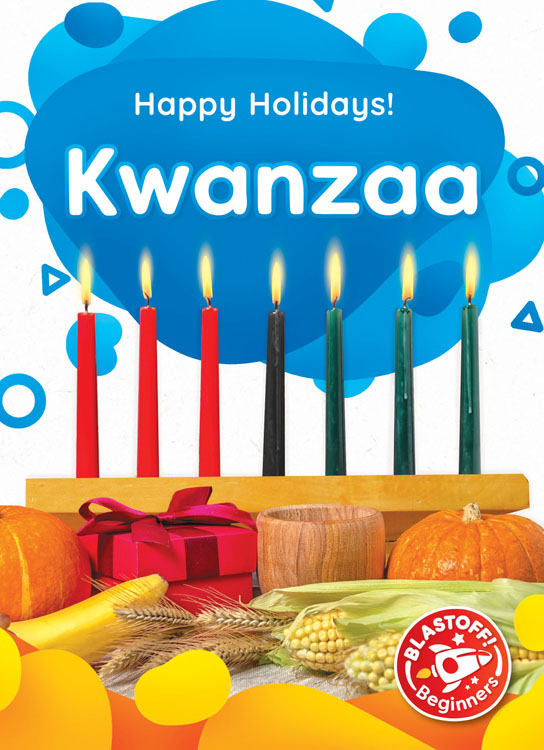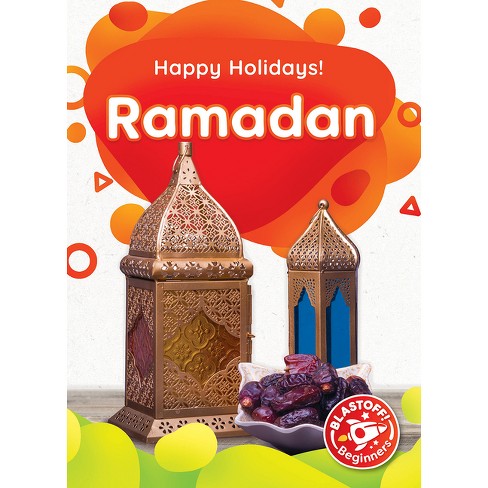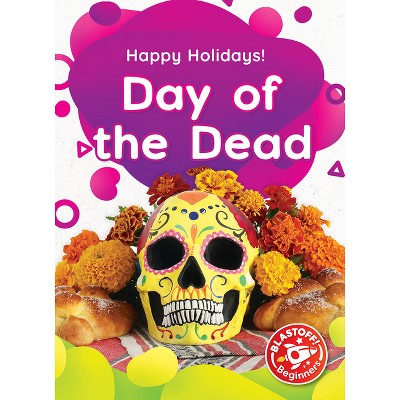By L.E. Carmichael; illustrated by Byron Eggenschwiler
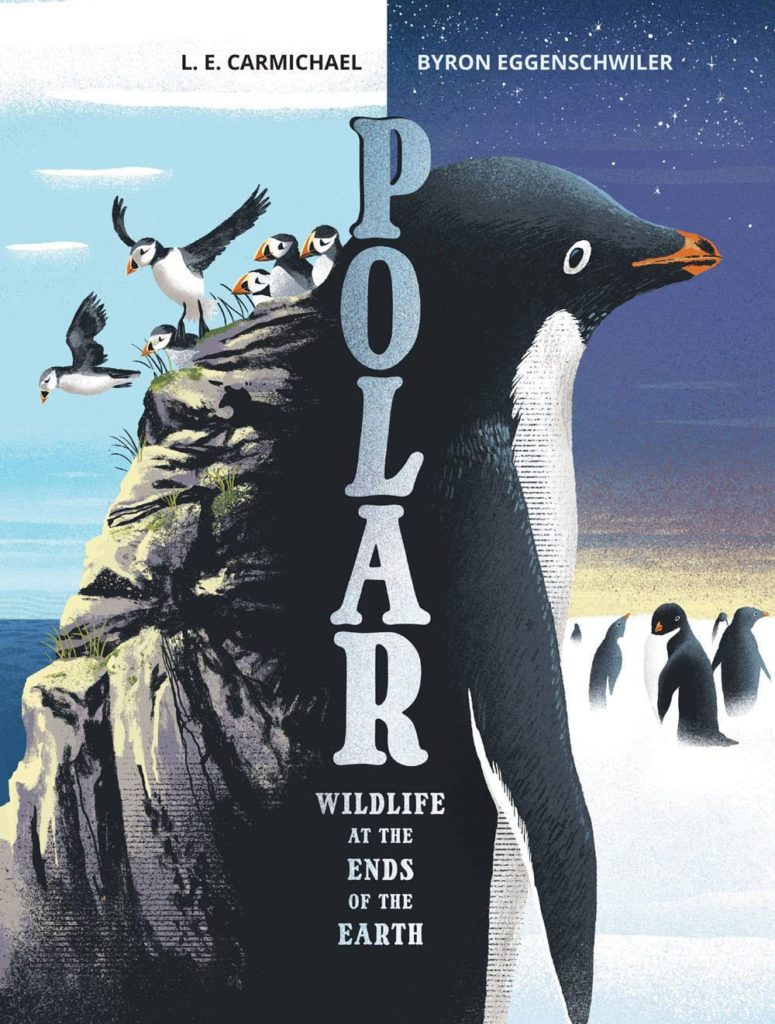
This beautiful picture book is a gorgeous collection of information and illustrations about the Arctic and Antarctic and the life that inhabits these cold, icy landscapes. The artwork is full of cool colors and an almost lithographic feel to the designs. I can’t tell if it’s painted, airbrushed, lithographic, or some combination of all. Some sharp lines & some soft layered ones. I found the artwork beautiful, stark and a perfect complement to the harsh environment about which it was depicting. The text is rich with information about the polar regions. Much of the book is arranged by months of the year & the various events that happen in different seasons. Interestingly, it is organized from March to March. Each 2 page spread includes one page on the Arctic and one page on the Antarctic – showing contrasting seasons nicely. The 2 pages also feature a similar topic, for example the pages on June feature information about how insects adapt to the cold regions in summer in the Arctic versus winter in Antarctica. The book finishes with information about climate change and how the polar caps are seeing the great consequences which only seem to be getting worse. The reader is left with some ways to take action and learn more. The book also includes a glossary and a list of resources for further reading. This is a picture book that flows nicely through the middle grades and extends beyond elementary school. The text is tiny and much more appropriate for upper elementary or middle school readers.

